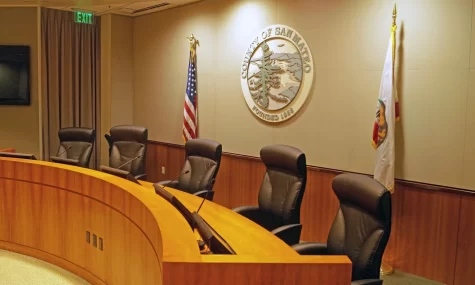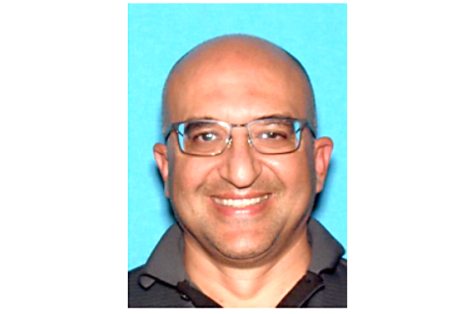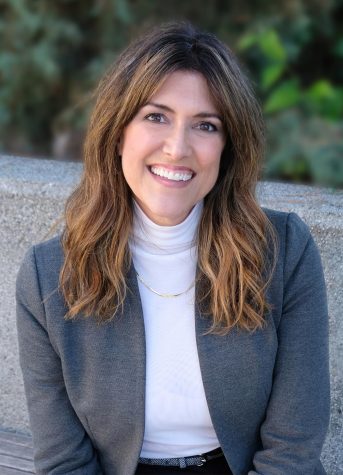District financially stable, board debates next moves
The district board of trustees discussed their next moves regarding the 2013 budget report, which indicated financial stability, in a meeting on Feb. 26.
The district’s most recent budget report indicated a nearly $46 million reserve in the general fund, and mid-year spending at around 41 percent, which raised the debate of how to responsibly move forward regarding this newfound budgetary security.
One aspect of the debate centered on the Measure G parcel tax that has helped fund the district since 2011 through taxpayer support. The board unanimously agreed that the district no longer requires public assistance in the form of Measure G, and they will not seek renewal.
Trustee Richard Holober explained the grounds for passing on a renewal of Measure G.
“The best we can predict over the next couple of years, it appears that we are, let’s say, back,” Holober said. “At least back to where we were a few years ago, and perhaps better. We’re self-funded and are looking at more revenues than we have looked at for several years now.”
The entire board offered thanks to San Mateo County residents for their support; however, vice president-clerk, Patricia Miljanich, was hesitant to declare the mission accomplished. Miljanich said that, while Measure G funding is no longer needed, the district still has financial concerns that must be addressed.
“I think the pubic will appreciate us explaining that we don’t need the parcel tax, but we do still have a fair amount of unfinished projects that can be accomplished through a bond measure,” Miljanich said. “So for me that’s part of what goes into my decision.”
With the state gearing up for the 2014 election cycle, Miljanich wanted to start planning for the district’s future by getting their budget requests in soon.
“There are other districts that are beginning to look at bond measures,” Milanich said. “I want to make sure that we don’t miss out on that opportunity.”
The second topic of debate was how to best assess the accountability of the County Treasurer’s Office. The board has previously utilized former County Treasurer Lee Buffington to invest budget reserves. This move resulted in the loss of an estimated $25 million of those reserves when Lehman Brothers investment bank, which held much of the district’s invested money, filed for bankruptcy in 2008. Sandie Arnott currently holds the office of county treasurer, but the board still has questions as to whether the office has learned its lesson from the incident.
“It’s not even so much about best practices,” Holober said. “It’s about finding out what they’ve learned from the past and how things have changed.”
A meeting between the board and the treasurer’s office has been on the board agenda since September 2013, when the board announced that it had received the final portion of the money Lehman Brothers distributed to the creditors that suffered from the firm’s bankruptcy filing in 2008. The district was able to recoup 40 percent of its losses through these payments, and board members had become anxious to meet with the treasurer’s to discuss their financial future.
The debate yielded to the scheduling of a study session, between the board and the treasurer’s office. The meeting will be held at 9 a.m., on March 12, in the county treasurer’s office at 555 County Center in Redwood City.
The meeting touched on a number of other issues including:
-Participation by all three SMCCD schools in a program that will host and educate a many as 4,000 Mexican students in ESL and U.S. culture classes starting in the fall of 2014.
-Nomination of candidates to represent SMCCD for the California Community College Employee of the Year. Ultimately CSM transfer director Mike Mitchell was selected.
-Approval of a contractor to install new artificial turf on all of the district’s baseball fields.
-Announcement of the first annual Cañada Classic baseball game, which will occur each year between Cañada and either Skyline or CSM.
-A comprehensive review of the A2B transfer program in progress at Cañada College, which seeks to better prepare students for higher-level degrees.

















